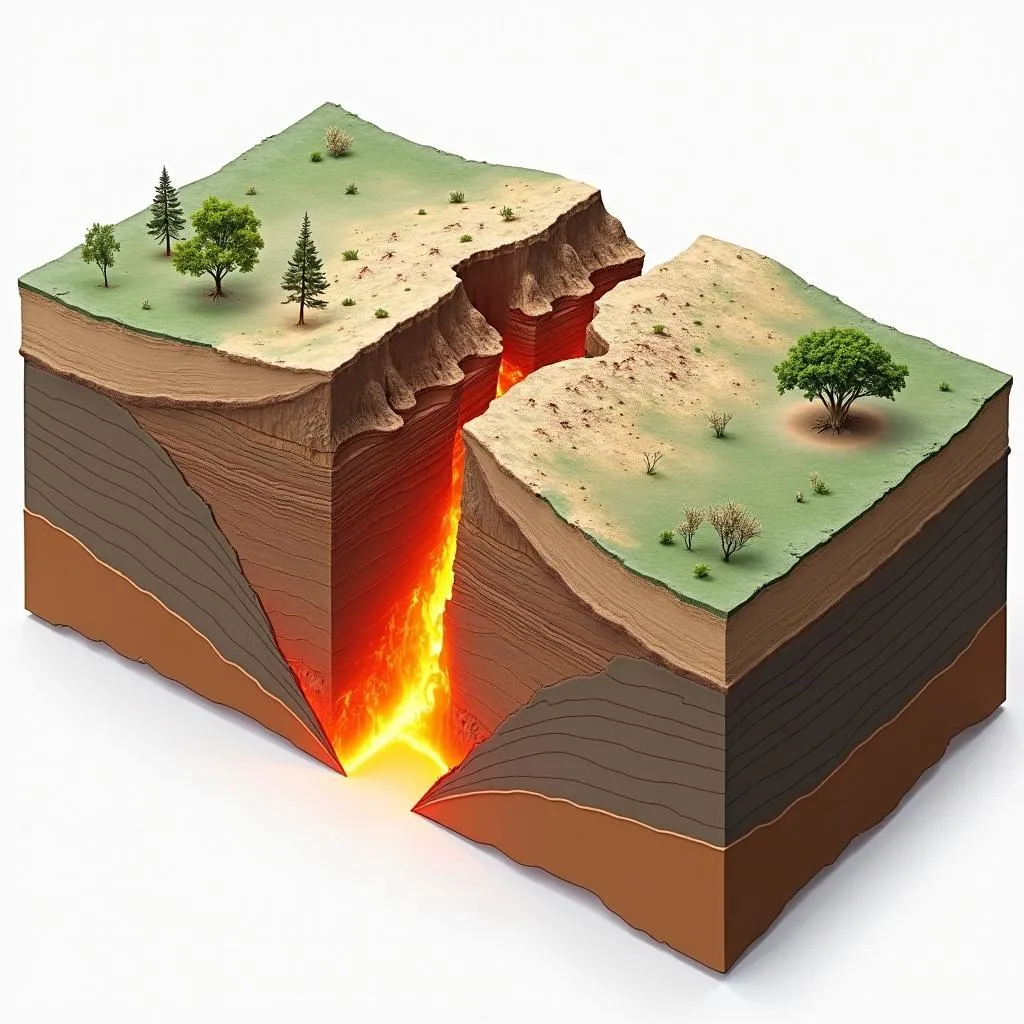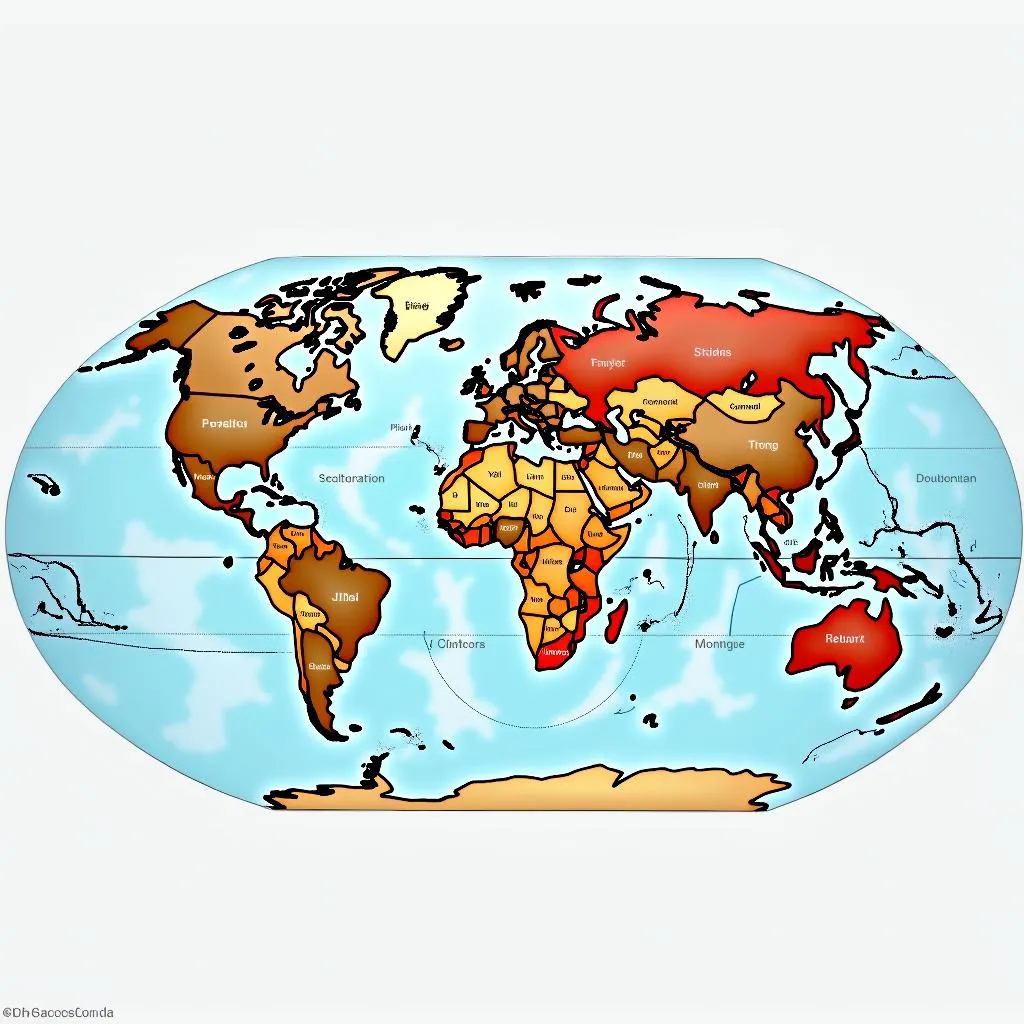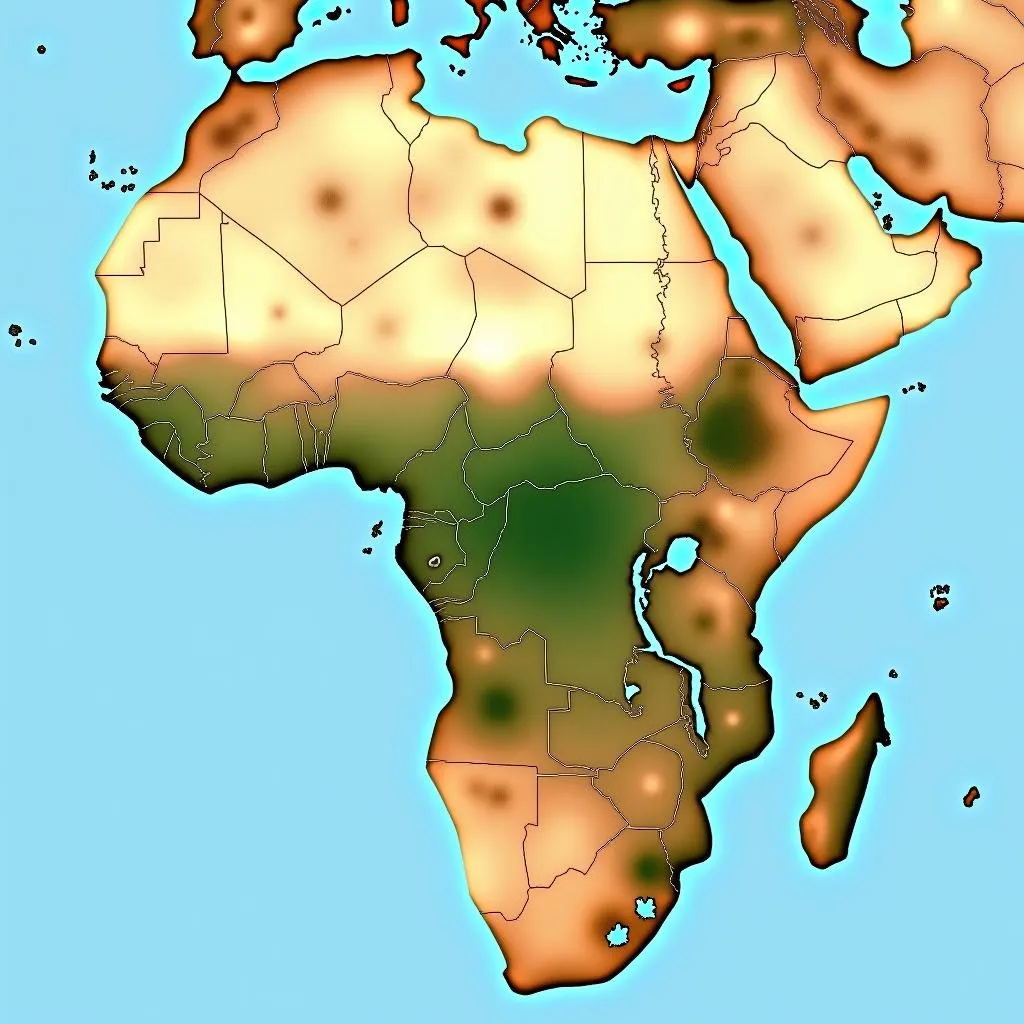The African Continental Plate: A Journey Through Time and Geology
The African Continental Plate, a massive tectonic plate upon which the entire African continent rests, is a fascinating subject of study for geologists and anyone curious about our planet’s dynamic nature. This plate, far from being static, has played a pivotal role in shaping the Earth as we know it, influencing not only the African landscape but also impacting global geography and climate over millions of years.
Drifting Through Time: A History of the African Plate
The African plate’s story is one of slow but relentless movement, a testament to the immense power hidden beneath the Earth’s crust. Born from the breakup of the supercontinent Pangaea millions of years ago, the African plate has been on a slow, northward drift ever since. This seemingly insignificant movement, measured in mere centimeters per year, has resulted in the formation of striking geological features and continues to shape the continent today.
The Birth of Mountains and Valleys
As the African plate continues its northward journey, it collides with the Eurasian plate. This monumental clash of tectonic titans has given rise to some of the world’s most impressive mountain ranges, including the Alps and the Atlas Mountains. Conversely, the East African Rift System, a series of valleys and volcanoes stretching thousands of kilometers, stands as a testament to the forces pulling the African plate apart.
 East African Rift Valley Formation
East African Rift Valley Formation
A Future of Change: The African Continent Split in Two?
The ongoing rifting process in East Africa isn’t just a relic of the past; it’s an active force shaping the continent’s future. Geologists predict that this rift will eventually split the African continent split in two, birthing a new ocean basin in the process. This separation, however, will not be a sudden, catastrophic event, but a gradual process unfolding over millions of years.
Understanding Plate Tectonics: The Driving Force
The remarkable changes wrought by the African plate are a testament to the power of plate tectonics, the very engine driving our planet’s dynamic geology. This theory posits that the Earth’s outermost layer is not a single, solid shell, but rather a mosaic of massive plates, constantly shifting and interacting with one another.
 Tectonic Plate Boundaries
Tectonic Plate Boundaries
These plates, composed of both continental and oceanic lithosphere, float atop the Earth’s semi-molten mantle. The heat from the Earth’s core creates convection currents within the mantle, driving the plates’ movement.
Types of Plate Boundaries: A Delicate Dance
The interactions between tectonic plates are categorized into three main types:
- Convergent Boundaries: Where plates collide, resulting in mountain ranges, volcanic arcs, and deep ocean trenches.
- Divergent Boundaries: Where plates move apart, creating rifts, valleys, and new crustal material.
- Transform Boundaries: Where plates slide past each other horizontally, causing earthquakes along fault lines.
The African and Somali plate interaction in the East African Rift Zone is a prime example of a divergent boundary in action, showcasing the creation of new landforms.
The African Continental Plate: A Legacy in Stone
The story of the African continental plate is etched into the very landscape of the continent. From the snow-capped peaks of Mount Kilimanjaro to the depths of the East African Rift Valley, the plate’s journey through time is visible for all to see. Understanding the forces that have shaped, and continue to shape, the African continent provides a deeper appreciation for the dynamism of our planet.
“The African continent is a living laboratory for studying plate tectonics,” explains Dr. Abeni Bisola, a leading geologist specializing in African plate tectonics. “Its unique geological history offers invaluable insights into the processes that have shaped not just Africa but the entire world.”
 African Rift Valley Map
African Rift Valley Map
The African rift valley map illustrates the vastness of this geological wonder and its impact on the continent’s topography. As our planet continues its ceaseless dance of plate tectonics, the African continental plate will undoubtedly continue to evolve, shaping the landscapes and impacting the lives of future generations.

